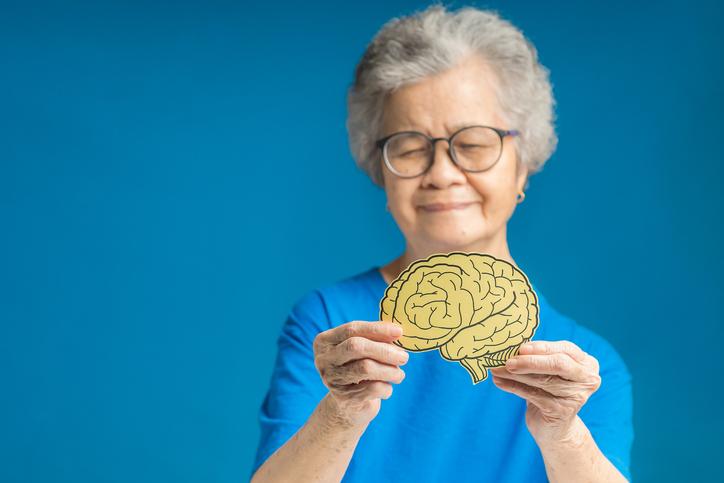26 апреля 2022
Can Computer Usage Harm the Health of Your Teenager?


26 апреля 2022
Can Computer Usage Harm the Health of Your Teenager?
## Electromagnetic radiation from a computer causes a variety of diseases
__MYTH.__ Manufacturers of modern computers have determined that radiation from both the monitor and the system unit is minimal and comparable to a toaster. Is anyone afraid of a toaster? However, since a modern teenager spends much more time in front of a computer than in the kitchen, it is worth getting rid of outdated monitors, and when buying a new one, make sure ===that it meets the current security standards.
## Sitting in front of a computer harms the spine
__TRUTH.__ If you sit at the computer for 8 hours in a row, the load on your spine and back will be excessive. This is especially true for a growing teenager. Osteochondrosis, intervertebral hernias, scoliosis, and many other medical issues are the sad consequences of extended time using the computer.
Organizing the computer area as well as encouraging your teenager to get periodic physical activity away from the computer will be good for them. Have your teenager choose a physical activity that will improve their metabolism and prevent blood stasis.
In terms of organizing the computer area, make sure your teenager has a chair that is suitable in terms of anatomical parameters, allowing you to unload your back and relax your arms on the armrests. When seated at the computer, your teenager’s hands should be on the same axis as the forearm, and the hips should be at right angles to the body. Additionally, make sure there is a comfortable footrest set up.
## The computer strains the eyes
__TRUTH.__ There is already a term "display disease" (eye violation). Long-term use of devices is associated with dry eye syndrome, hyperopia and myopia, and conjunctivitis. However, these problems can be avoided. So, the correct monitor size is 17 inches (and here the desktop computer outperforms tablets and phones by a wide margin), with a distance to the screen of 60 cm, the center of the screen 15 cm below eye level, no glare on the monitor and no light sources behind it. Make sure your teenager takes a break every 45 minutes. And, of course, foods that improve vision include blueberries, carrots, cod liver, greens, and special vitamin and mineral supplements.
## The computer causes allergies and respiratory diseases
__MYTH.__ The computer has nothing to do with it! Allergies and respiratory diseases are caused by dust accumulation on the monitor, system unit, keyboard, and even mouse. However, regular maintenance is sufficient to keep exposure to these hazards to a minimum. Teach your teenager to clean the workplace with antibacterial agents. Humidifiers and air ionizers can also help to air out and purify the air in the workspace.
## The computer harms hands and elbow joints
__TRUTH.__ Monotonous movements and a static position of the hands can lead to neuromuscular disorders including impaired coordination of finger movements, arthritis of the elbows and joints, and tendonitis. The solution to the problem is in the correct location of the keyboard and mouse. The ergonomic keyboards of two halves also prove to help with this, allowing you to position your hands as comfortably as possible.
Does this all sound scary? Remember that computers can become a threat to our health, but they are also extremely useful! Educational programs and training, stress-relieving games, interactive educational cartoons, and everything else on the Internet is a huge reference resource that allows you to quickly find any information.
Additionally, psychologists say that computer usage increases the speed of reaction, teaches you to concentrate, develops fine motor skills, and improves memory. And of course, computers helped us survive the pandemic, allowing us to work, study and communicate with friends and family while social distancing. Put simply, like any benefit of civilization, computer usage requires following guidelines to maintain health. These guidelines are much easier to explain to a teenager than trying to deprive him or her of devices.













